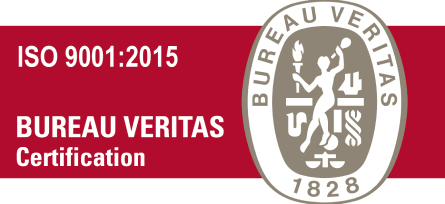If you’re using a board management tool, make sure it provides secure document storage. Your organization handles a lot of documents, ranging from financial reports to governing documents, and you want to ensure that everyone has secure access. You should also think about installing a portal program which allows members to collaborate and discuss documents prior to meetings, or during meetings.
It is essential to inform the board members in advance of a meeting to remind board members of the meeting as well as click now any required documents. The agenda and any other supporting material at least a week prior to the meeting so that everyone can go over the agenda and come to the meeting prepared. Requesting feedback from your board prior the meeting is also a great idea. This will give you the opportunity to address any issues that may arise.
Virtual boards are made up of a variety of people with different schedules and obligations. If you’re able plan your virtual meetings for times when most members will be in attendance, avoiding early mornings, late nights, and common break times. If this is not possible, use a digital tool to find the best time for everyone.
It’s crucial to establish some guidelines for virtual meeting etiquette. For instance, it’s best to mute your microphone when you’re not talking and hold meetings in a calm area free of distractions. It’s also helpful to have a designated minutes keeper for every virtual meeting, who will keep the discussion on track and keep track of all motions and actions in full.





